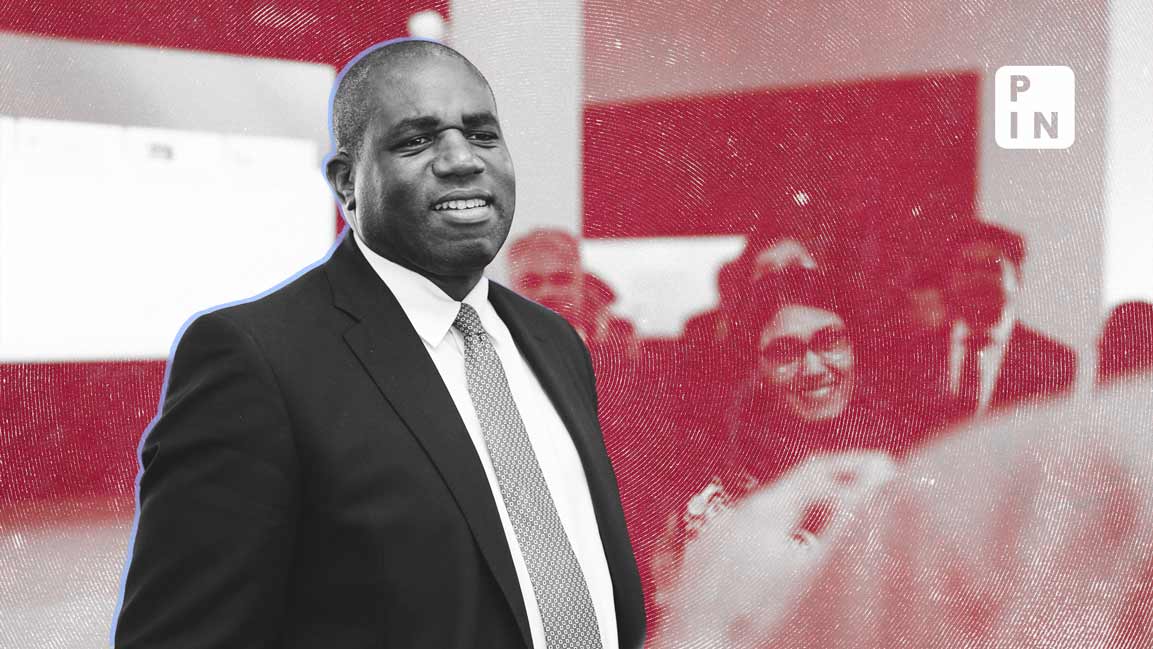- | 12:00 pm
RBI keeps rates steady amid rising inflation, geopolitical tensions
Central bank moves to drain excess liquidity from return of ₹2,000 currency notes, unveils conversational payments

The monetary policy committee of the Reserve Bank of India (RBI) on Thursday kept the policy rate unchanged for a third consecutive time, while raising the inflation forecast for the current fiscal amid soaring food prices and lingering geopolitical tensions.
“The monetary policy committee (MPC) will remain watchful of inflation and remains resolute to its commitment to align inflation to the targeted level,” RBI governor Shaktikanta Das said, while keeping the repo rate unchanged at 6.5%.
The RBI had paused its rate increase cycle in April after six consecutive hikes, aggregating to 250 basis points since May 2022.
The RBI governor raised the inflation forecast for the current fiscal to 5.4% from 5.1% earlier, with retail inflation for the current quarter being raised by 100 basis points to 6.2% on soaring vegetable and food prices. One basis point is one-hundredth of a percentage point, or 0.01%.
Tomato prices across the country had soared by around 300% during the quarter after incessant rains damaged crops, fueling a shortage.
Fast-food chain McDonald’s was forced to drop tomatoes from its menus in northern and eastern parts of India amid supply constraints “due to seasonal crop issues”.
To stem domestic inflation, the Indian government had banned the exports of non-basmati white rice, starting mid-July. The move had sparked a scramble for the basmati crop, with countries importing rice from India seeking early shipments of the variety.
India exports rice to about 150 nations and several countries, particularly those in Africa, rely on India for their food security, Vinod Kumaar Kaul, a senior official at the All India Rice Exporters’ Association (AIREA), had told Press Insider earlier.
To shore up foodgrain supplies and tackle domestic inflation, Union food secretary Sanjeev Chopra said on Wednesday that the government would sell 5 million tons (mt) of wheat and 2.5 mt of rice in the open market.
Growth, inflation, and policy stance
The RBI governor said that the MPC remains resolute to align inflation to its 4% target. It also maintained the gross domestic product (GDP) growth forecast for the current fiscal year at 6.5%.
Five of the six-member monetary policy-setting panel also sought to maintain the status quo on RBI’s policy stance at “withdrawal of accommodation”.
To drain excess liquidity following the withdrawal of the ₹2,000 currency notes, the RBI has directed lenders to maintain an incremental cash reserve ratio (ICRR) of 10% from Saturday. ICRR is a temporary policy that is deployed to suck liquidity from the banking system following a sudden increase in deposits.
The benchmark Sensex and Nifty both declined about 0.4% on Thursday, with the Bank Nifty falling by about 0.7% on RBI’s move to mop up liquidity by putting in place an ICRR.
The RBI had announced the withdrawal of the currency note on May 19, following which, on August 1, the banking regulator said about ₹3.14 trillion ($40 billion) had returned to the banking system by July 31.
Das said that the ICRR for scheduled banks will affect liquidity by a little above ₹1 trillion, while adding RBI would the review the interim policy by September 8, or even earlier.
“The 10% incremental cash reserve ratio will lead to short-term rates on money market instruments such as call money rates, treasury bills and commercial paper increasing by 15-20 basis points in the near term. The impact on profitability of banks is expected to be minimal as this is a temporary measure,” Anil Gupta, senior vice-president and co-group head of financial sector ratings at rating firm ICRA, said.
The RBI status quo on policy rate is expected to bode well for homebuyers, analysts said.
“This is good news for aspiring homebuyers aiming for a purchase in the near future. The unchanged repo rate will help maintain the momentum in housing sales, particularly in the mid and luxury segments, which did significantly well in the first of this year,” Anuj Puri, chairman, ANAROCK Group, said.
Conversational payments and AI tech
The central bank also announced the use of artificial intelligence for transactions over the unified payments interface (UPI).
“With the objective of harnessing new technologies for enhancing the digital payments experience for users, it is proposed to enable ‘conversational payments’ on UPI, which will enable users to engage in conversation with AI-powered systems to make payments,” Das said.
The RBI also proposed to unveil offline payments on UPI using near field communication (NFC) technology through ‘UPI-Lite’ on-device wallet; and enhance the transaction limit for small value digital payments in off-line mode from ₹200 to ₹500 within the overall limit of ₹2,000 per payment instrument.
China goes against the grain
Meanwhile, as inflationary pressures have been building up in many parts of the world, India’s Himalayan neighbor, China, has been rocked by a deflation threat.
Both consumer and producer prices in that country declined year-on-year in July for the first time since November 2020. The consumer price index dropped 0.3%, the National Bureau of Statistics said on Wednesday, while producer prices contracted 4.4%.
In the US, on the other hand, the consumer price index report that will be released on Thursday may show that inflation is easing in that country, but the pace of unwinding may not be enough for the US Federal Reserve to take a step back on its inflation fight.
The US Fed has raised interest rates to a 22-year high in its to keep a lid on inflation. It next meets in mid-September to decide the next course of monetary action.













